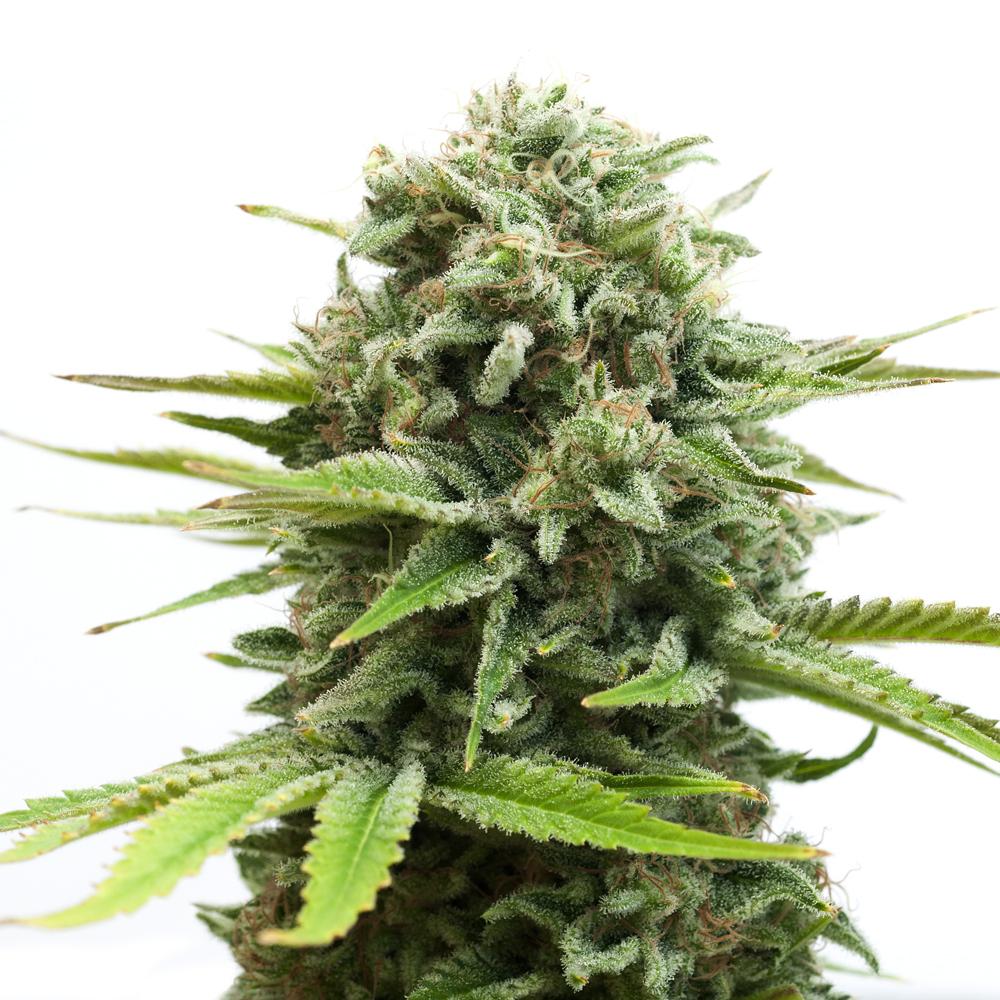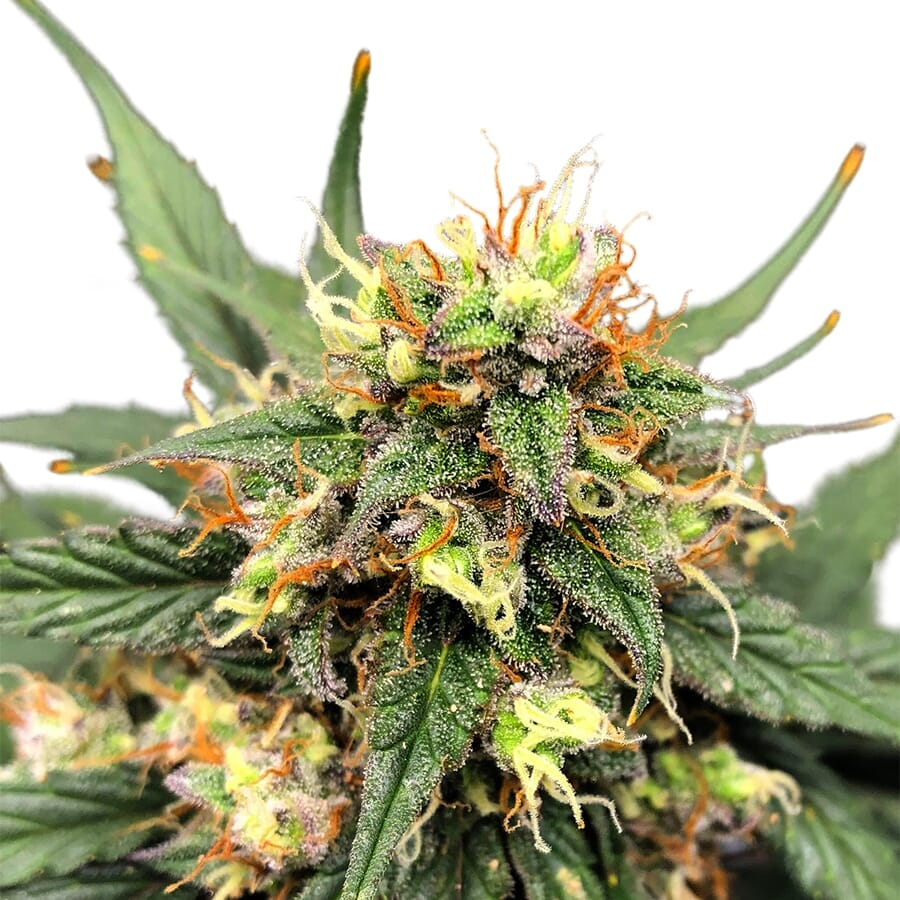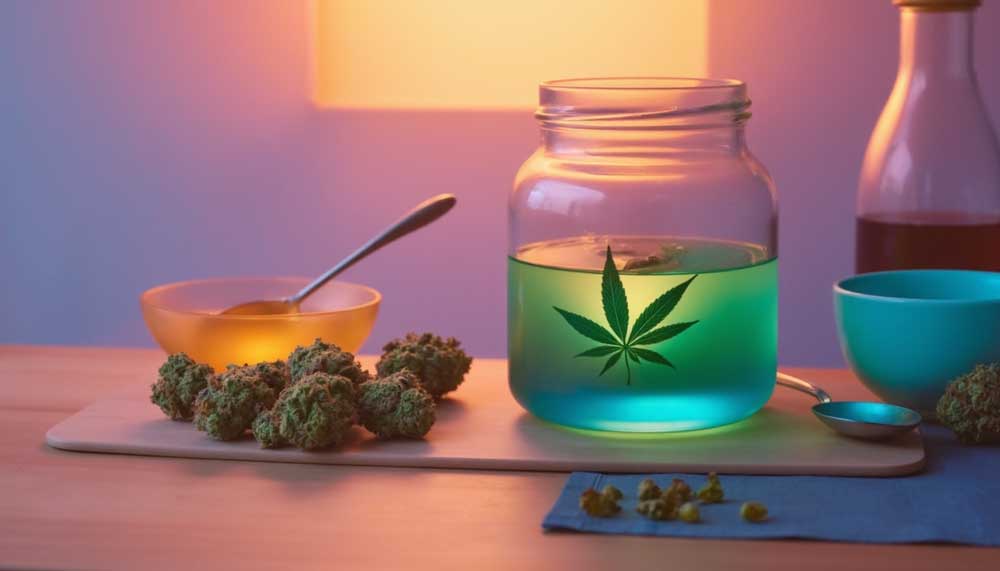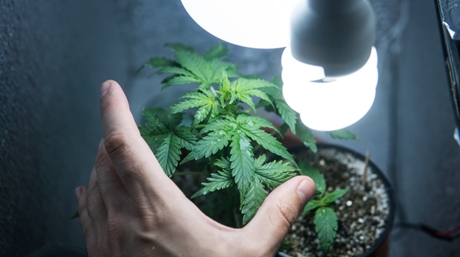Nurturing Your Cannabis Plants
Growing cannabis can be an exciting and rewarding endeavor for enthusiasts and aspiring growers alike. Understanding the different stages of the pot plant’s life cycle is crucial for successfully nurturing your plants from seeds to harvest. In this comprehensive guide, we will walk you through each stage and provide valuable insights on what to expect and how you can help your cannabis plants thrive. So, let’s embark on this journey and explore the world of marijuana growing together!

Stage 1: Germination and Seedling Phase
Choosing Cannabis Seeds Strain According to Growing Location and Climate:
When selecting marijuana seeds for your grow space, it’s essential to consider your growing location and climate. Different cannabis strains have varying preferences for temperature, humidity, and light intensity. For example, some strains thrive in warm and sunny climates, while others are better suited for cooler or more humid environments. By choosing marijuana seeds that are well-suited to your growing location and climate, you can optimize your chances of achieving healthy and productive plants. Researching and selecting strains that are specifically bred or adapted for your particular region can significantly improve your cultivation success with weed seeds.
Importance of High-Quality Marijuana Seeds Genetics:
When embarking on your cannabis growing journey, the importance of high-quality marijuana seeds genetics cannot be overstated. The genetic makeup of marijuana seeds plays a crucial role in determining the traits, characteristics, and overall potential of your plants. By starting with premium weed seeds, you lay a strong foundation for success. High-quality weed seeds possess desirable traits such as excellent germination rates, robust growth patterns, disease resistance, and the ability to produce potent and flavorful buds. Investing in reliable pot seeds ensures that you are setting yourself up for a successful and rewarding growing experience.
Proper Germination of Marijuana Seeds:
The germination stage is a critical phase in the life cycle of marijuana plants, and germinating marijuana seeds properly is essential for a successful start. When germinating marijuana seeds, it’s crucial to create an environment that encourages healthy sprouting. By providing the right amount of moisture, warmth, and darkness, you give your marijuana seeds the best chance to develop strong taproots and begin their journey toward becoming thriving plants. By following proper germination techniques, you can ensure a higher germination rate and a stronger start for your marijuana seeds.
To germinate your marijuana seeds, you have a few options. One popular method is using the paper towel method. Place your seeds between moist paper towels and keep them in a warm, dark place. After a few days, the seeds will crack open, and tiny taproots will emerge. At this point, transfer them carefully to a growing medium.
During the seedling phase, your plants are fragile and require gentle care. Provide them with a suitable environment that includes ample light (approximately 18-24 hours of light per day) and a temperature range of 70-85°F (21-29°C). Maintain proper humidity levels (around 70% initially) and water your seedlings sparingly to avoid overwatering.
Stage 2: Vegetative Growth Indoors
Once your cannabis plants have established a strong root system, they enter the vegetative growth stage. During this phase, the plants focus on developing a robust structure before transitioning to the flowering stage.
To promote healthy vegetative growth, provide your plants with sufficient light, ideally using full-spectrum grow lights or natural sunlight for 18-24 hours per day. Maintain a temperature range of 70-85°F (21-29°C) and gradually reduce humidity levels to around 40-60%. Ensure proper air circulation to prevent issues such as mold or pests.
Prune and train your plants to encourage lateral branching and an even canopy. This will promote better light penetration and help maximize your yield. Regularly monitor the pH and nutrient levels of your growing medium to ensure optimal nutrient absorption. Provide your plants with a balanced fertilizer rich in nitrogen, phosphorus, and potassium (NPK) during this stage.

Stage 3: Flowering Phase Indoors
The flowering phase is when your growing cannabis plants transition to producing buds. It is an exciting time for growers, as the plants begin to showcase their unique characteristics and aromas.
To trigger the flowering phase in your growing marijuana plants, adjust the light cycle to 12 hours of uninterrupted darkness and 12 hours of light. This change simulates the shorter days of autumn and initiates bud development. During this phase, maintaining consistent environmental conditions is crucial. Keep the temperature between 65-80°F (18-27°C) and reduce humidity to around 40-50% to prevent mold growth.
As your plants enter the flowering stage, adjust your nutrient regimen to focus on phosphorus and potassium while reducing nitrogen levels. This will support bud development and enhance resin production. Monitor your plants closely for any signs of nutrient deficiencies or pest infestations, as these issues can impact yield and overall plant health.

Stage 4: Harvesting and Curing
The final stage of the cannabis plant’s life cycle is the most rewarding: harvest time! Harvesting your plants at the optimal time ensures the best flavor, potency, and overall quality of your weed buds.
Pay attention to the trichomes, the small resinous glands on the buds. When most of the trichomes turn from translucent to milky white, it’s a good indicator that your plants are ready for harvest. Additionally, examine the pistils (the hair-like structures on the buds). When they change from white to darker colors, it suggests that the buds are maturing.
To harvest, carefully trim the buds from the plants, taking care not to damage them. Hang the trimmed buds upside down in a dark, well-ventilated area with a temperature of 60-70°F (15-21°C) and a humidity level of 45-55%. This drying process typically takes about a week or two. Once the buds feel dry on the outside but slightly moist on the inside, it’s time to move on to the curing process.
Curing involves storing the dried buds in airtight containers, such as glass jars, for several weeks. This process allows for the gradual release of moisture, resulting in a smoother smoke and enhanced aroma. Open the jars daily to release excess moisture and monitor the buds for any signs of mold. After a few weeks, your cannabis buds will be fully cured and ready for consumption or storage.
Conclusion
Nurturing your cannabis plants through each stage of their life cycle is a rewarding and fulfilling experience. By understanding the unique needs of your plants at each phase, you can provide the ideal conditions for growth, maximize yields, and produce top-quality cannabis buds. Remember to research and select suitable strains, provide optimal lighting, temperature, and humidity, and closely monitor nutrient levels. With dedication and knowledge, you can become a successful weed grower and enjoy the fruits of your labor. Happy growing!















